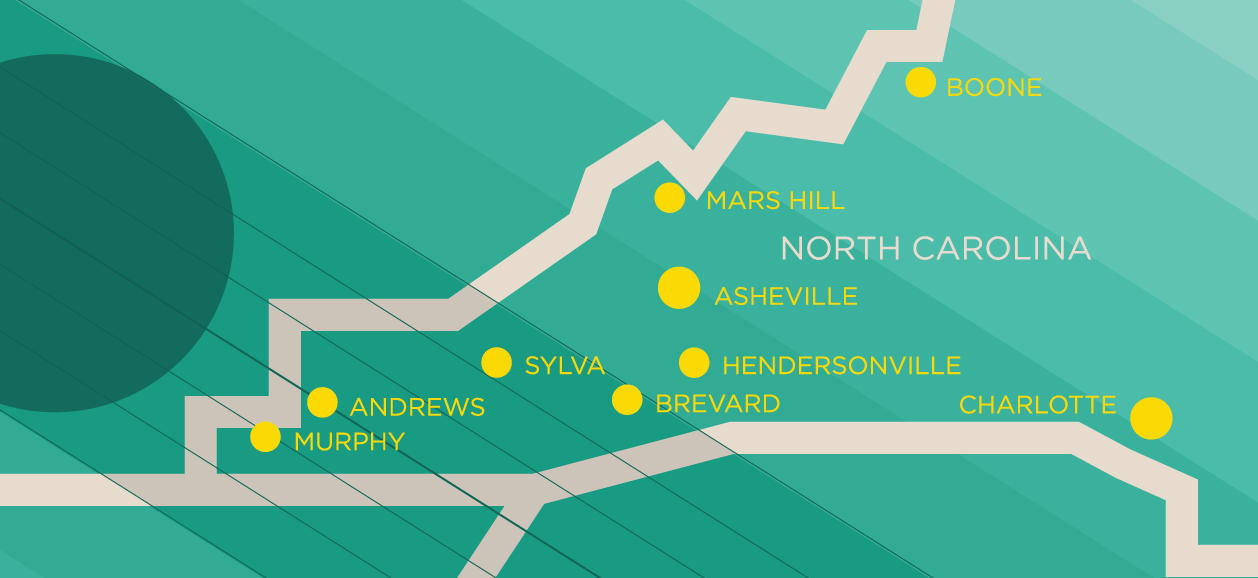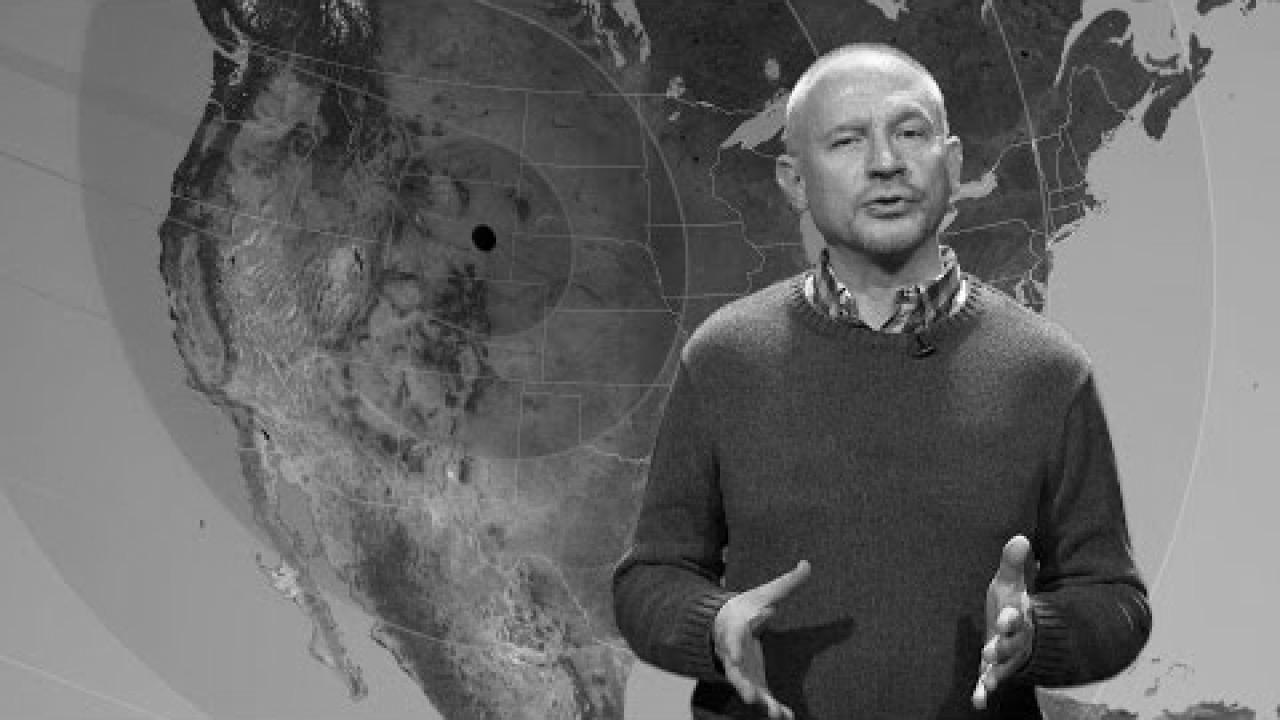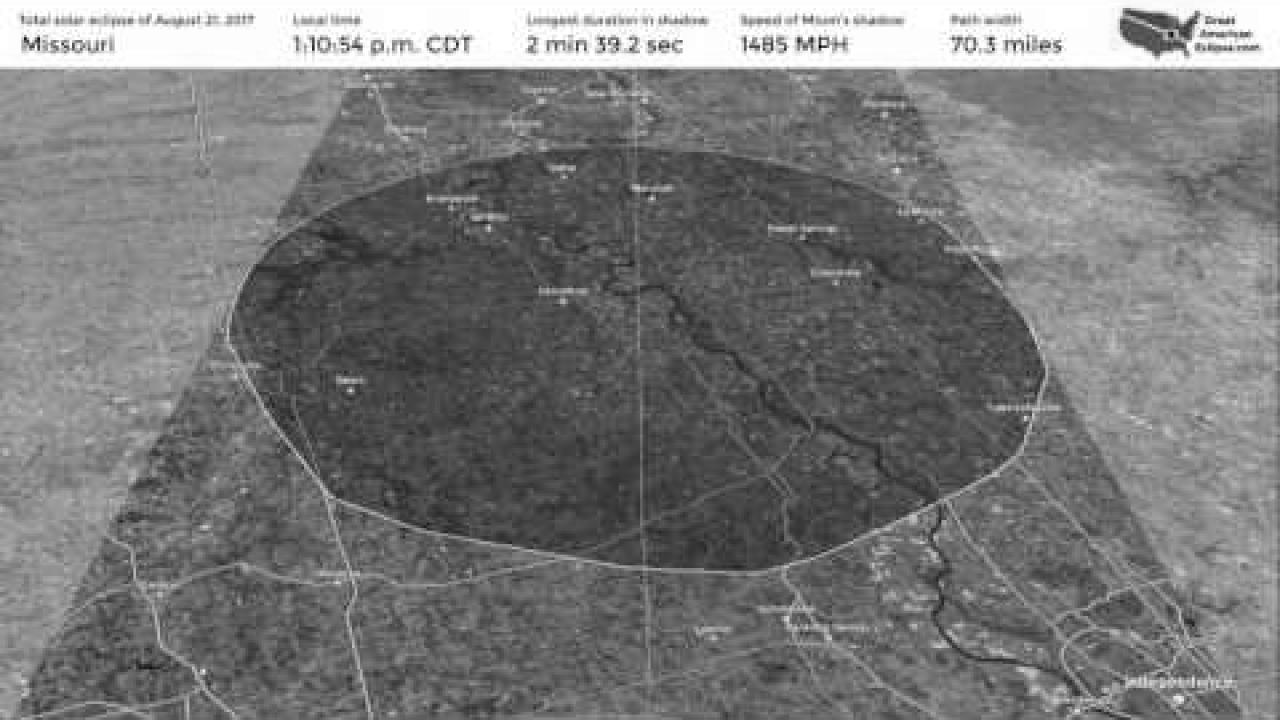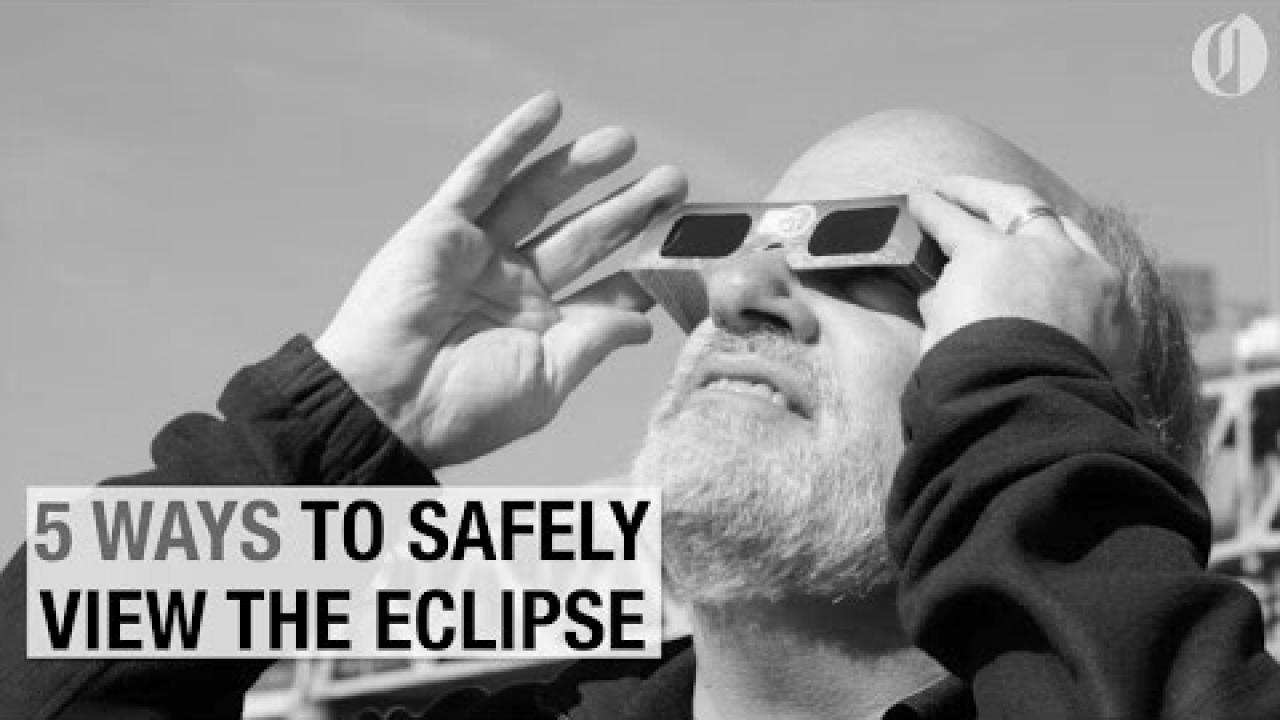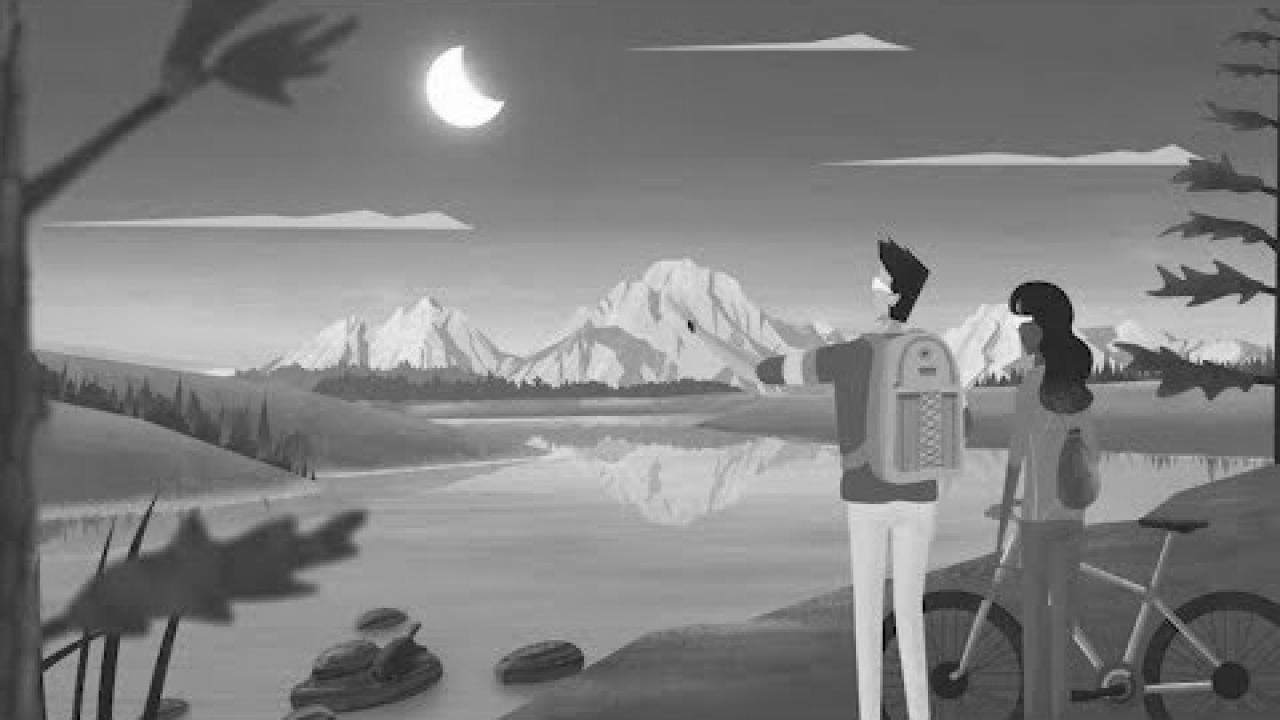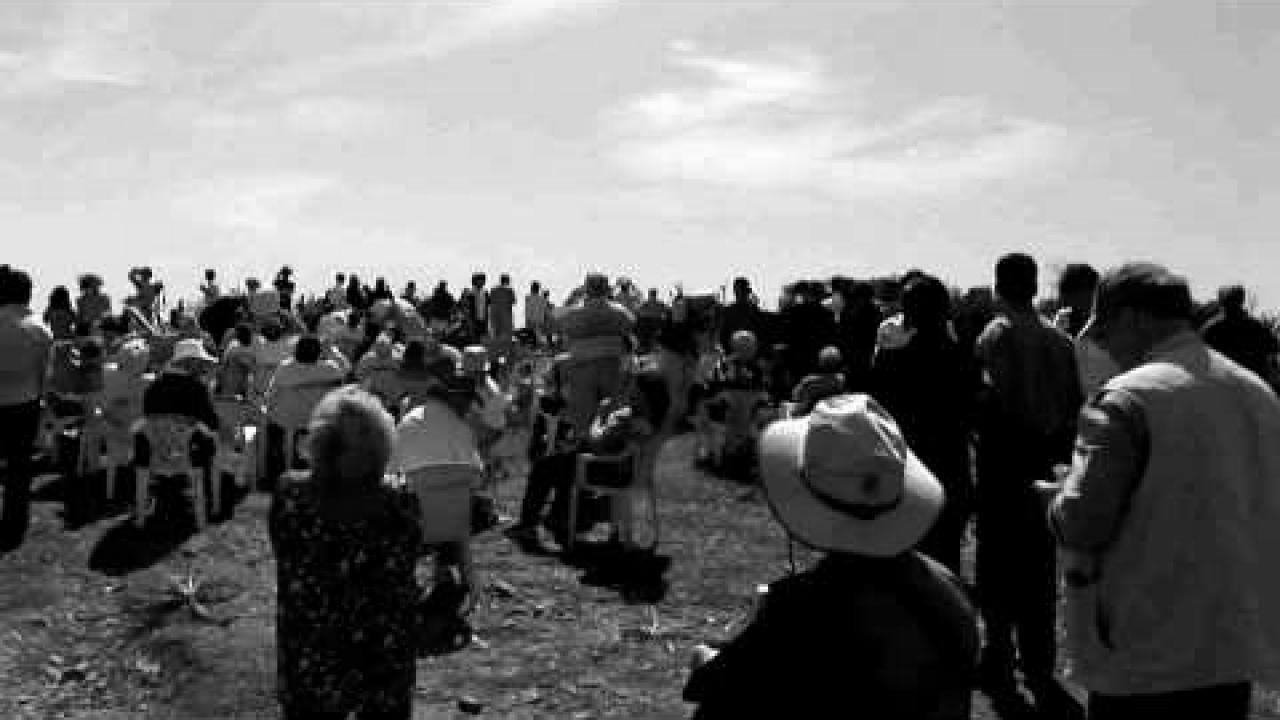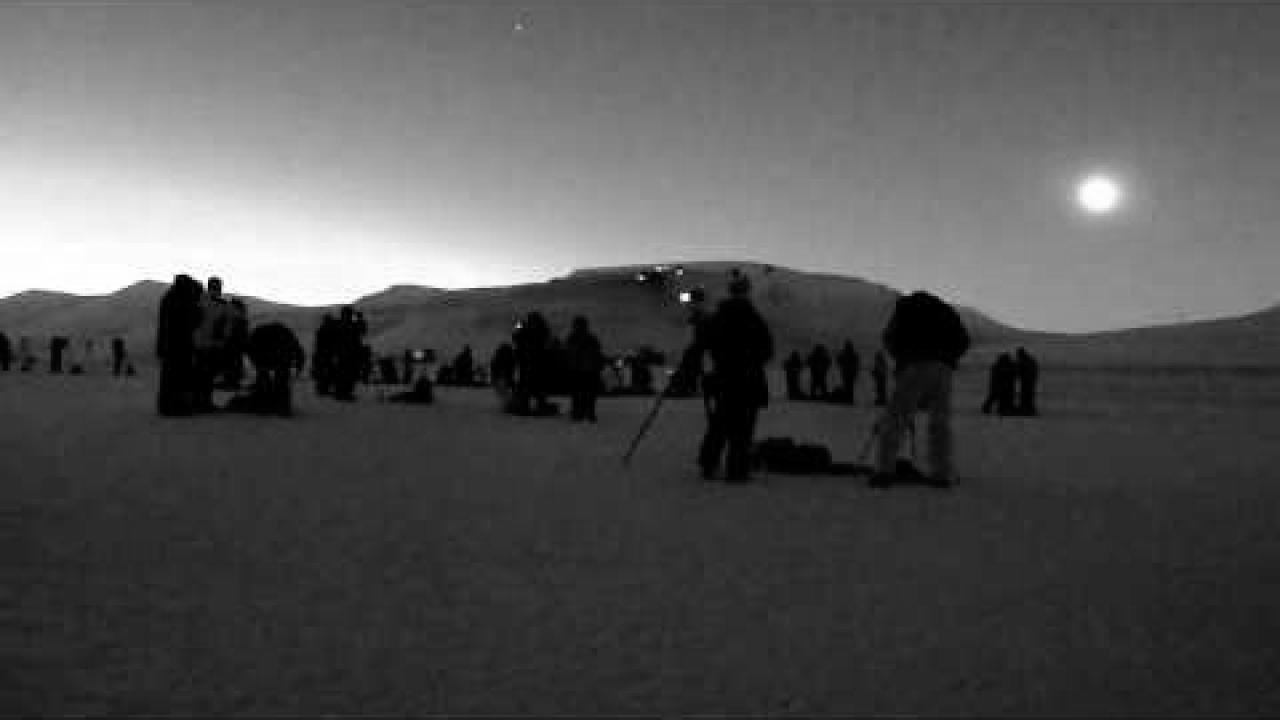
MONDAY AUGUST 21, 2017
INSIGHTS FROM THE EXPERTS
on what to expect from the eclipse
When it comes to watching the eclipse, experts agree that safety is the most important thing.
Once you’ve taken the proper visual precautions, here are the highlights to look for. During the short minutes of total eclipse, many celestial features normally visible only in the night sky will appear. According to Western Carolina physics professor Enrique Gomez, who has witnessed two full eclipses, totality “is an intense experience because of the dramatic change of light in the landscape and the sky throughout the event. Effectively, it will be night in the middle of the day, and several planets will be visible with the naked eye,” including Jupiter, Venus, and Mars. Bright stars, including Sirius, Spica, and Betelgeuse, will also shine through. What’s more, the temperature will drop by as much as 10 degrees, birds will fall silent, and other animals will react uniquely.
Although much of our region will experience 99 percent totality, UNC Asheville physics professor Brian Dennison recommends traveling to the zone of full totality if you can. The corona—the aura of plasma surrounding the sun that will be visible during totality—“is the most beautiful thing to see during an eclipse,” he says. And, he adds, “because of the current distance between the moon and the Earth, which is increasing due to tidal effects, eclipses are really good right now. Enjoy them while you have them.”
THERE GOES THE SUN:
TOTAL SOLAR ECLIPSES 101

When the moon’s orbit positions it just so between the sun and the Earth, it blocks the sunshine that normally reaches our big blue marble. In a total solar eclipse, the moon will gradually shift in front of the sun until it covers all but the sun’s corona—its wispy outer atmosphere. Some places in WNC will experience the full eclipse, while parts outside that path will still enjoy almost 100 percent of it. So even if you can’t be in the darkest places in the region, you will still be able to witness much of this rare occurrence.

FIRST CONTACT
The moon starts to overlap the Sun; the eclipse begins.

SECOND CONTACT
The moon covers the entire disc of the Sun; total eclipse begins.

TOTALITY
The max phase of a total solar eclipse; only the Sun’s corona is visible.

THIRD CONTACT
The Moon starts moving away, and parts of the Sun’s disc reappear.

FORTH CONTACT
The Moon stops overlapping the Sun; the eclipse ends.
SAFETY TIPS!
Looking directly at the sun is unsafe except during the brief total phase of a solar eclipse (“totality”), when the moon entirely blocks the sun’s bright face. The only safe way to look directly at the uneclipsed or partially eclipsed sun is through special-purpose solar filters, such as “eclipse glasses” or hand-held solar viewers. Homemade filters or ordinary sunglasses, even very dark ones, are not safe for looking at the sun.

- Always inspect your solar filter before use. If scratched or damaged, discard it. Read and follow any instructions printed on or packaged with the filter. Always supervise children using solar filters.
- Stand still and cover your eyes with your eclipse glasses or solar viewer before looking up at the bright sun. To remove your filter safely, turn away from the sun first, before removing.
- Do not look at the uneclipsed or partially eclipsed sun through an unfiltered camera, telescope, binoculars, or other optical device. Similarly, do not look at the sun through a camera, a telescope, binoculars, or any other optical device while using your eclipse glasses or hand-held solar viewer— the concentrated solar rays will damage the filter and enter your eye(s), causing serious injury. Seek expert advice from an astronomer before using a solar filter with a camera, a telescope, binoculars, or any other optical device.
- If you are within the path of totality (visit eclipse2017.nasa.gov for an interactive map showing the path), REMOVE YOUR SOLAR FILTER ONLY WHEN THE MOON COMPLETELY COVERS THE SUN’S FACE AND IT SUDDENLY GETS QUITE DARK. Experience totality; then, as soon as the bright sun begins to reappear, replace your solar viewer to glance at the remaining partial phases.
EVENTS
Totality Time: 2:37:21 p.m.
Totality Time: 2:35:12 p.m.
Duration: 1:57 min.
Totality Time: 2:35:26 p.m.
Duration: 2:30 min.
Totality Time: 2:34:41 p.m.
Duration: 2:33 min.
Totality Time: 2:34:15 p.m.
Duration: 2:28 min.
Totality Time: 2:34:20 p.m.
Duration: 2:36 min.
Totality Time: 2:35:50 p.m.
Duration: 1:44 min.
FUN FACTS



VIDEOS
A Total Solar Eclipse IN the Heart of the Mountains

